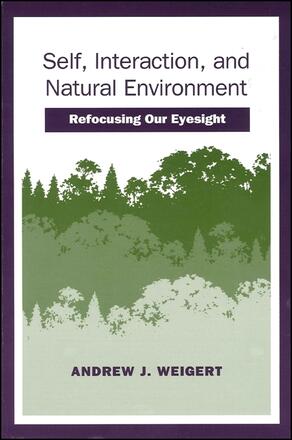
Self, Interaction, and Natural Environment
Refocusing our Eyesight
Alternative formats available from:
Provides a framework for sharing a more adequate view of human-environment relations and contributes to the development of an ecologically aware sense of self-understanding.
Description
Self, Interaction, and Natural Environment helps us as individuals to understand environmental issues and to respond accordingly. Although it acknowledges that such issues exist on a worldwide scale, it sharpens our focus on the personal level. For example, it shows that most people do not consider the pollution they cause by operating cars or fertilizing lawns. Throughout the text, the author links ideas to both social concerns and everyday activities, helping readers to comprehend political decisions that involve the environment, as well as making them more aware of their own role in that respect.
Andrew J. Weigert is Professor in the Department of Sociology at the University of Notre Dame. He is the author of Mixed Emotions: Certain Steps Toward Understanding Ambivalence, also published by SUNY Press.
Reviews
"Besides contributing to an understanding of our environmental situation, Weigert shows how to apply a well-established theoretical perspective to a critical, contemporary issue. Not only does he show that symbolic interactionism is useful in understanding human-environment relations, but he modifies and extends classical statements of the theory in the process. " — Riley E. Dunlap, Washington State University